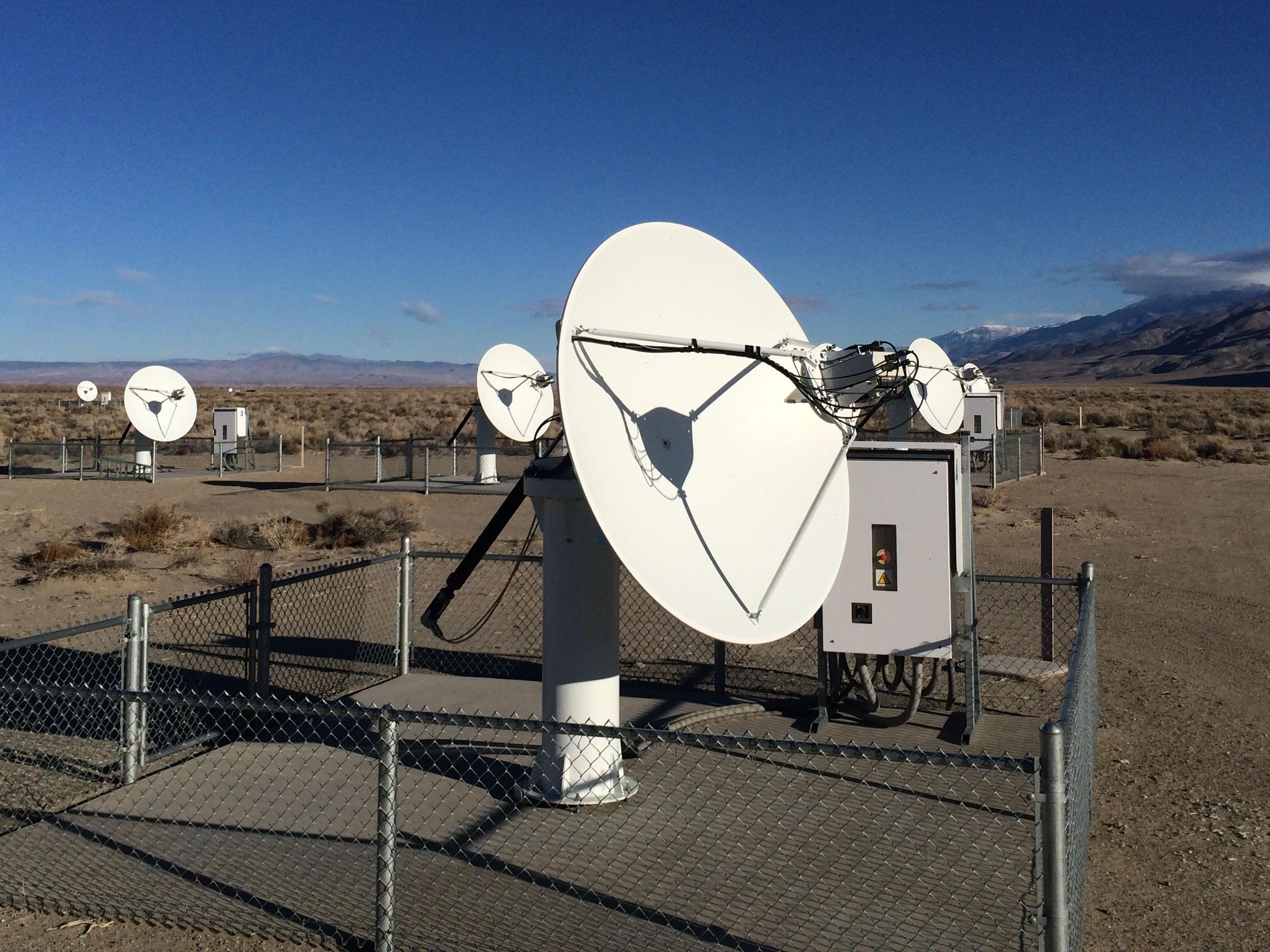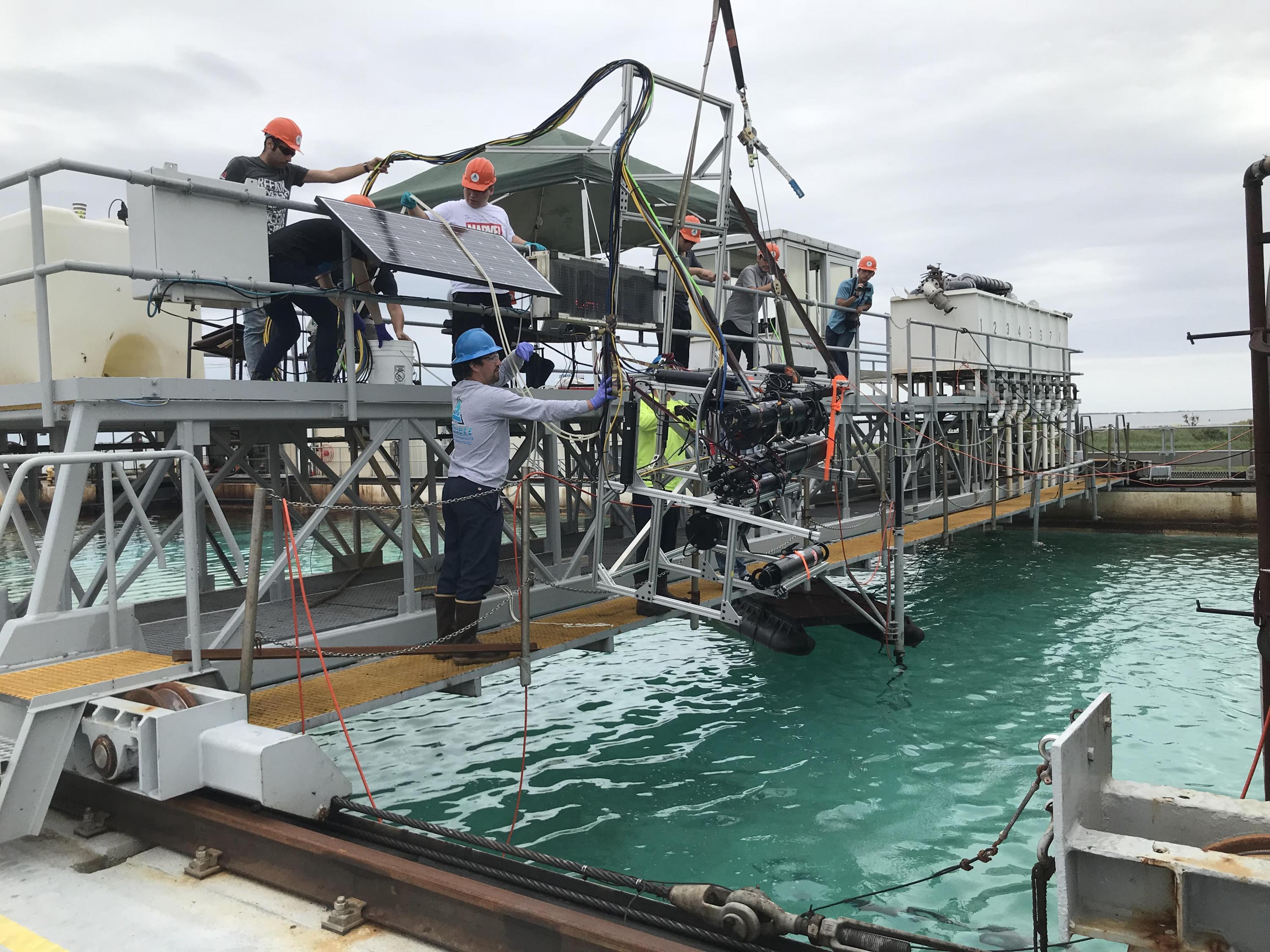
Research expenditures at NJIT for fiscal year 2019 were $161 million, with the university ranked as an R1 (“Very High Research”) institution by the prestigious Carnegie Classification. Our six-part retrospective continues with this fourth installment focusing on just a handful of the studies covered over the past three summers that contributed to this noteworthy designation. Click on the headlines below.
Seeking Sundogs: A Voyage into Antarctica's 'Deep Field' With NJIT's Gung-ho Polar Crew
Three hundred miles from South Pole Station aboard a Twin Otter turboprop plane, Bob Melville and Gil Jeffer were searching the ground, eyes glued to their frozen windows, for a tiny flash of color amid the unbroken sea of white below. While their maps gave them precise coordinates for the red flags marking the refueling station, the shifting snowdrifts of the Antarctic ice shelf seemed to mock those two-dimensional certainties. En route this past December to one of the five remote automatic geophysical observatories, or AGOs, that NJIT operates in the frozen wilderness, running out of fuel at the halfway point was a scary prospect indeed.

A Heart Attack in a Petri Dish
In petri dishes in her campus laboratory, Alice Lee is developing colonies of cardiac cells, formed into chambers, that pump and contract like a human heart. Derived from stem cells, these primitive organs will help her achieve a research milestone: to observe in microscopic, real-time detail how the heart repairs itself after injury.

Expanded Owens Valley Solar Array Reveals New Insights Into Solar Flares' Explosive Energy Releases
In September 2017, a massive new region of magnetic field erupted on the Sun’s surface next to an existing sunspot. The powerful collision of magnetic fields produced a series of potent solar flares, causing turbulent space weather conditions at Earth. These were the first flares to be captured, in their moment-by-moment progression, by NJIT’s recently expanded Owens Valley Solar Array (EOVSA).

Honors College Debuts Program Promoting Undergraduate Research
Chemical engineering major Jennifer Callaghan is spending her summer on the NJIT campus working to help define the next generation of ballistic materials. Laura Gould, an architecture student, is also at the university during the summer break, using Google Street View to study the correlation between urban infrastructure and the use and creation of sacred space in Italy. As NJIT researchers, as well as Albert Dorman Honors College scholars, both Gould and Callaghan are participating in the inaugural Honors Summer Research Institute. The eight-week program promotes interdisciplinary collaboration between Honors College students who are engaged in on-campus research during the summer.
Research Lives! Undergraduates Take on Neurotoxins, Cave Disasters and Other Challenges
A robotic fleet built to penetrate dark and narrow cave passages, cellular studies into alcohol’s role in hastening neurodegeneration in people with HIV, plants that absorb pernicious pollutants from the air and new methods for eliminating noise from data searches are a few of the research projects that drew students back to campus laboratories this summer.
NJIT Conducts the Largest-Ever Simulation of the Deepwater Horizon Spill
In a 600-ft.-long saltwater wave tank on the coast of New Jersey, a team of NJIT researchers is conducting the largest-ever simulation of the Deepwater Horizon spill to determine more precisely where hundreds of thousands of gallons of oil dispersed following the drilling rig’s explosion in the Gulf of Mexico in 2010. Led by Michel Boufadel, director of NJIT’s Center for Natural Resources, the initial phase of the experiment involved releasing several thousand gallons of oil from a one-inch pipe dragged along the bottom of the tank in order to reproduce ocean current conditions.

